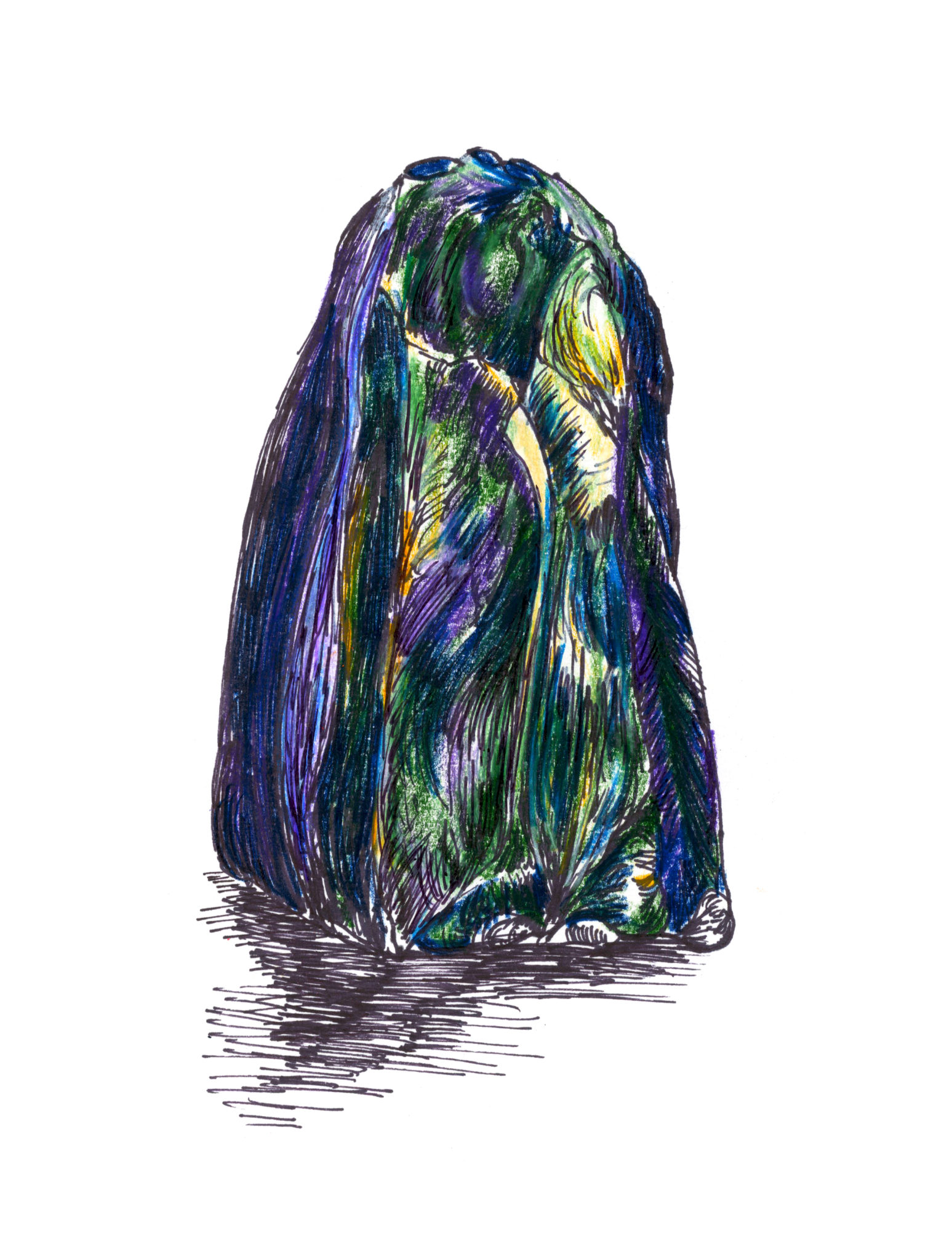
For hundreds of thousands of years, people have used fire for everything from cooking to warmth. And now, archaeologists are using fire to track the migration patterns of prehistoric people.
A new collaboration between Harvard and the Yale Initiative for the Study of Ancient Pyrotechnology — known as Y-PYRO — examines how climate changes and population movements may have been related in the years 8,000–6,000 B.C. The two professors used obsidian artifacts, which are formed when lava rapidly cools, to conduct their research.
Director of Y-PYRO Ellery Frahm and Harvard anthropology professor Christian Tryon published their research in the Journal of Archaeological Science on Feb. 20. The researchers used obsidian artifacts that were excavated in the 1920s and kept in Harvard’s Peabody Museum. This recent work opens avenues for future research in Northern Kenya and about other artifacts that were excavated throughout the 20th century.
“The human control of fire is one of the most characteristic things of our whole species and our whole genus but also really something that has been one of our oldest technologies,” Frahm said.
Pyrotechnology is defined as “any technology related essentially to the control of fire,” Frahm said. This field of study extends to archaeological artifacts — like those made of obsidian — that are created, morphed or preserved by fire. The paper examines artifacts from a site in Gamble’s Cave, located in Western Kenya.
As hunters and gatherers began to interact with settled people, the two groups began to trade and transition into more settled societies. Gamble’s Cave is a key reference location for these first interactions. Artifacts such as obsidian shed light on how these people migrated throughout regions, Tryon said.
“You can do the chemistry and say, ‘Geologically I know that this rock came from 45, 50 kilometers,’” Tyron said. “And if you can rule out geological factors that might have gotten it there, like streams or something like that, then you have a sense of how people were moving or coming into contact.”
Frahm said the Gamble’s Cave area and its archaeological history are also perfect for observing historical climate and excavating materials. These conditions then allow researchers to track the effects of climate change on migration.
“We get the high-resolution record of stone tools, and then we get these high-resolution climate records,” Frahm said.
Despite evidence of climate change between 8,000 and 6,000 B.C., the paper concluded, demand for obsidian and raw materials “outweighed any changes in the difficulty of its acquisition” by ancient Kenyans.
Tryon and Frahm said there is more work to be done to build on their research.
Because Gamble’s Cave has been identified as an important site by the archeological community, Tryon noted, many areas of Northern Kenya are unexcavated. Modern improvements in technology have made excavations and archaeological research much quicker, with larger data sets and less environmental and cultural intrusion. Tryon said he hopes to implement such technology on museum artifacts all over the world, as well as in Northern Kenya.
“When you have 20 things, statistically that’s OK,” Tryon said. “But if you can do 200, 300, even 400, that’s a different game entirely.”
Frahm said that many of the original excavations, many of which were researched by the famous anthropologist Louis Leakey, are no longer up to current archaeological standards. Modern technology could allow researchers to examine older artifacts again, he said, leading to new insights.
“We can do more work in museums, but there is always new excavation work because we’re always pushing the technology that we can apply to these questions,” he said.
Frahm, who has studied pyrotechnology in Armenia, Georgia, Syria and Turkey, has directed Y-PYRO since 2017. Roderick McIntosh ’73, an anthropology professor on the Yale Council on Archaeological Studies, said the initiative has taken off since Frahm was hired as director. Nevertheless, he said, American archaeological institutions still have a ways to go.
“As it stands now, Yale is in pretty good shape,” McIntosh said. “[But] off the top of my head, I can’t think of a place in North America that is set up for scientific archaeology.”
Humans have been claimed to have controlled fire as early as 1.7 million years ago, according to a study published in 1989.
Nick Tabio | nick.tabio@yale.edu







